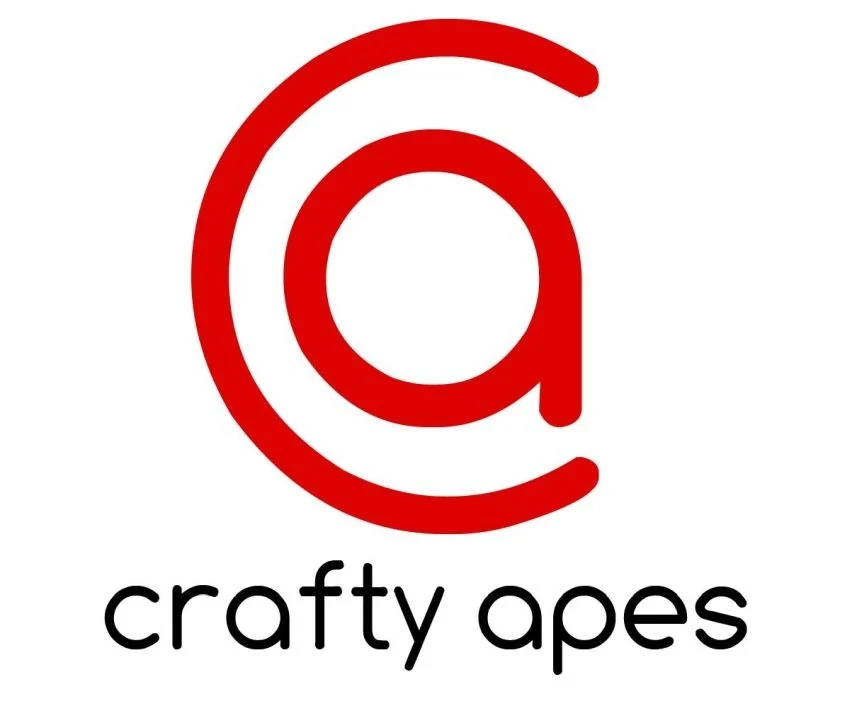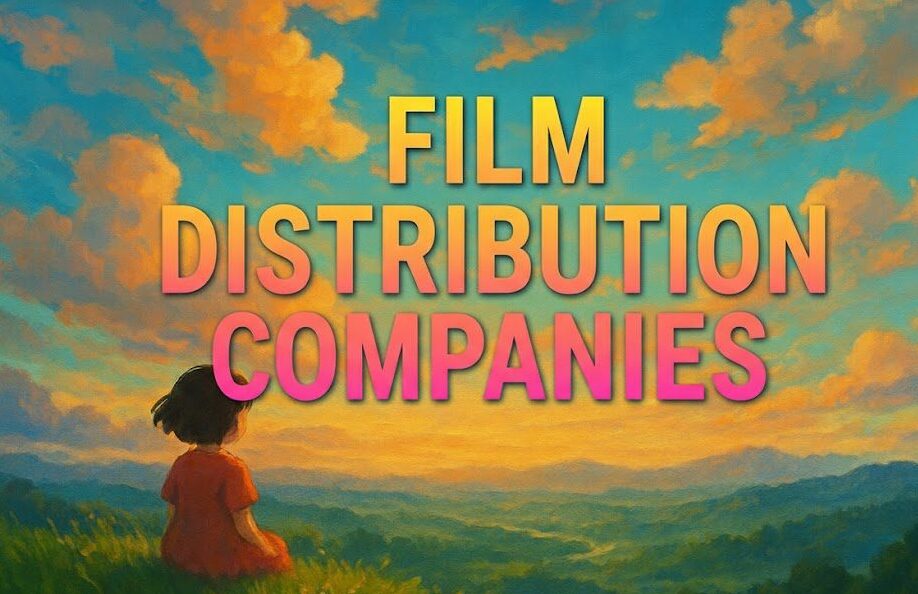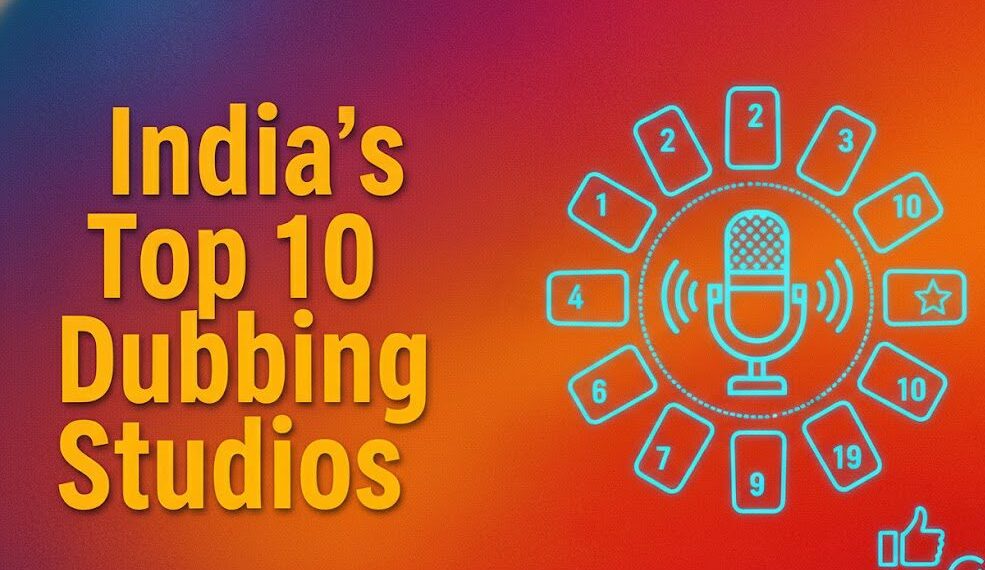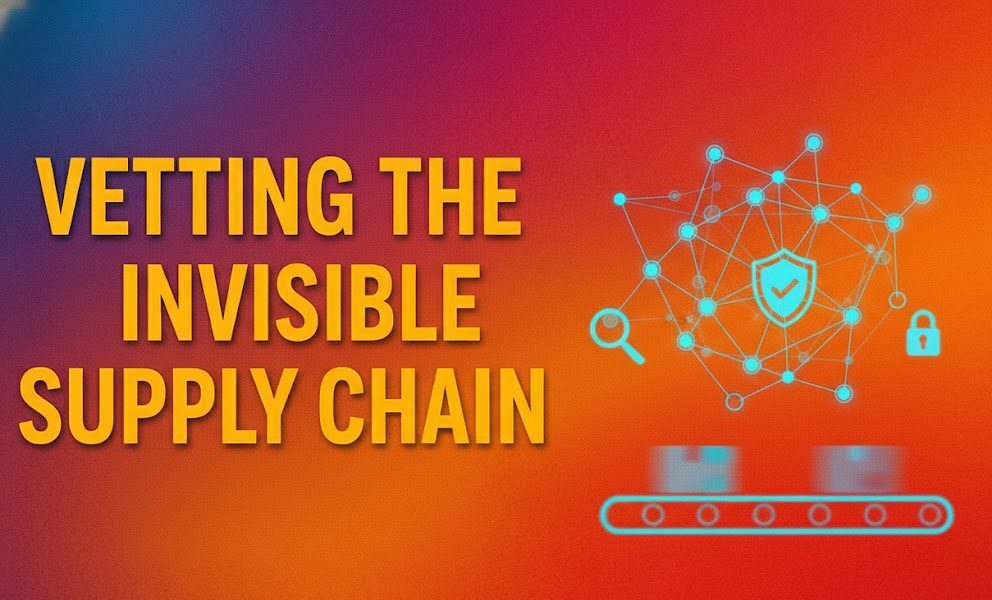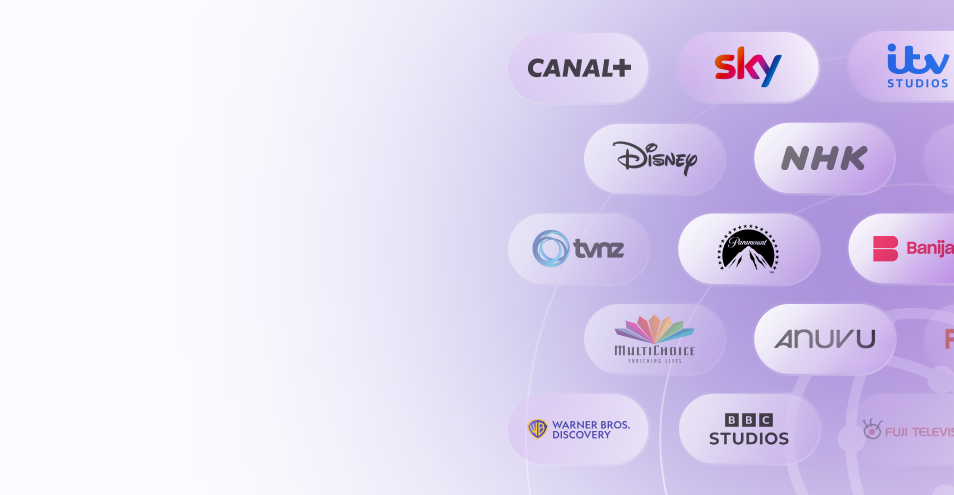Introduction
You’ve poured your heart, soul, and budget into creating an amazing kids’ show. The characters are lovable, the stories are engaging, and the animation is top-notch. But now comes the hard part: getting it in front of millions of kids worldwide.
Let’s be honest, navigating the world of distribution for kids content can feel like an impossible maze. Who do you talk to? What do platforms actually want? How do you even get your foot in the door?
It’s a massive challenge. You’re not just competing with other independent producers; you’re up against global studios with huge catalogs and established relationships.
But here’s the good news. The demand for high-quality kids’ content has never been higher. Streaming giants and niche platforms are all hungry for fresh shows to capture the attention of young audiences. You just need the right strategy.
In this post, I’m going to walk you through a proven 5-step framework to successfully license and distribute your kids’ content. We’ll break down exactly what you need to do to go from creator to global distributor.
Table of content
- Introduction
- Key-Takeaways
- Step 1: Get Your House in Order: Package Your Show for a Global Sale
- Step 2: Know Before You Go: Master the Kids Content Market
- Step 3: Stop Guessing, Start Targeting: Find the Right Buyers
- Step 4: The Art of the Pitch: How to Get a “Yes”
- Step 5: It’s All About the Deal: Understanding Distribution Agreements
- How Vitrina Supercharges Your Distribution Strategy
- Conclusion
- FAQs
Key Takeaways
| Step | Actionable Advice | Why It Matters |
|---|---|---|
| 1. Package Your Show for Sale | Create a killer pitch deck, sizzle reel, and a full bible for your show. | First impressions are everything. Buyers need to see the full potential of your IP instantly. |
| 2. Master the Market | Deeply research platforms to understand their audience, brand, and content needs. | Pitching a preschool show to a platform focused on teens is a waste of time. Precision is key. |
| 3. Build Your Target List | Identify specific acquisition executives and distributors who are a perfect fit. | Don’t spray and pray. A targeted approach builds meaningful industry connections. |
| 4. Pitch and Follow Up Like a Pro | Craft personalized outreach and develop a systematic follow-up process. | Persistence and professionalism turn a cold outreach into a warm conversation. |
| 5. Understand the Deal | Learn the basics of licensing fees, revenue shares, and distribution windows. | Knowing the business side protects your IP and ensures you get the best possible deal. |
Is your pitch deck ready for global buyers?

Step 1: Get Your House in Order: Package Your Show for a Global Sale
Before you even think about sending a single email, you need to have your sales materials locked and loaded. Acquisition executives are incredibly busy. You have one shot to grab their attention.
If your materials are sloppy or incomplete, they’ll pass without a second thought. You need to look professional and make it easy for them to say “yes.”
Your Essential Sales Toolkit
- The Pitch Deck: This is your show’s resume. It must be visually stunning and concise. Include the logline, character bios, episode synopses, and your vision for the brand. Highlight what makes your show unique.
- The Sizzle Reel: A 60-90 second trailer that captures the tone, humor, and heart of your show. It should be high-energy and leave them wanting more. Don’t have a full episode animated? A great animatic with voice-overs and music works too.
- The Show Bible: This is the comprehensive guide to your universe. It includes detailed world-building, full character arcs, and potential future season outlines. It shows buyers you have a long-term vision.
- Full Scripts & Episode(s): Have at least one pilot script polished and ready to go. If you have a completed episode, even better. This is the ultimate proof of your concept.
Think of it this way: you’re not just selling a TV show. You’re selling Intellectual Property (IP) with franchise potential. Show them the vision from day one.
Know Before You Go: Master the Kids Content Market
Okay, you’ve got your killer pitch materials. Now, where do you send them? Sending your materials to the wrong platform is the fastest way to get rejected.
You wouldn’t pitch a gritty teen drama to Nick Jr., right?
The same logic applies here, but with more nuance. Every platform has a specific mandate, a target demographic, and a unique brand identity. Your job is to become an expert on them.
How to Research Potential Partners
- Analyze Their Current Catalog: What shows are they currently promoting? Look for patterns in genre, animation style, and educational components. Use a platform like Vitrina to see what content buyers have recently acquired.
- Understand Their Audience: Are they targeting preschoolers (2-5), bridge kids (6-9), or tweens (9-12)? Is their content designed for co-viewing with parents?
- Identify Their Business Model: Are they an SVOD (Subscription Video on Demand), AVOD (Advertising VOD), or a traditional broadcaster? This impacts the types of deals they make. AVOD platforms, for example, are often hungry for library content to fill their ad inventory.
- Follow the News: Read industry trades like Kidscreen. Pay attention to interviews with executives. They will often state exactly what they are looking for.
The more you know about their needs, the more you can tailor your pitch to solve their problem, which is finding the perfect show for their audience.
Stop Guessing, Start Targeting: Find the Right Buyers
Once you’ve identified your top 10-15 target platforms, it’s time to find the actual people who make the decisions. Sending your pitch to a generic “submissions@…” email address is a black hole. You need to find the right individual.
We’re talking about titles like “Head of Kids & Family Content,” “Acquisition Manager,” or “Content Strategist.”
Building Your Golden Rolodex
| Method | How to Do It | Pro Tip |
|---|---|---|
| Industry Marketplaces | This is the most efficient way. A professional network like Vitrina connects you directly with a verified global directory of buyers and distributors. | Filter by content type (e.g., “Kids Animation”) to find executives specifically looking for what you have. |
| Search for the platform name + “acquisitions” or “content.” See who works there and what their roles are. | Don’t just connect and pitch. Follow them, engage with their posts, and build a rapport first. | |
| Industry Events | Attend markets like MIPCOM or Kidscreen Summit. These are designed for networking. | Book meetings in advance. Don’t just show up hoping to bump into someone. |
Your goal is to build a highly curated list of names, titles, and companies. Quality over quantity is the rule here.
Want to take your kids' content worldwide?

The Art of the Pitch: How to Get a “Yes”
This is where everything comes together. You have a great package and you know who to send it to. Now you have to write the perfect pitch email.
Keep it short, personal, and professional.
Anatomy of a Perfect Pitch Email
- A Compelling Subject Line: Be specific. “Pitch: Animated Comedy (6-9) – [Your Show’s Title]” is much better than “TV Show Idea.”
- The Personal Touch: In the first line, mention why you’re contacting them specifically. “I saw your recent interview on the need for girl-led comedies and believe my show, [Your Show’s Title], is a perfect fit.”
- The Elevator Pitch: In 2-3 sentences, give the logline and explain what makes your show special. What’s the hook?
- The Ask: Clearly state what you want. “I’ve attached our pitch deck and would be happy to share the sizzle reel. Are you the right person to review this?” This is a soft, professional ask.
- A Professional Signature: Include your name, title, and a link to your portfolio or website.
After you send the email, the work isn’t over. You must follow up. Wait about a week, then send a polite, brief follow-up email. A simple, “Just wanted to gently bump this in your inbox” is all you need. Be persistent, but never be a pest.
It’s All About the Deal: Understanding Distribution Agreements
Congratulations! A platform is interested. They love the show and want to talk business. Now you need to understand the basics of a distribution deal so you can negotiate effectively.
I always recommend working with an entertainment lawyer, but you need to know the landscape yourself.
Key Deal Terms to Know
- License Fee: A flat fee the platform pays you to license your show for a specific period and region. This can be a Minimum Guarantee (MG) against future revenue.
- Revenue Share: More common with AVOD platforms. You get a percentage of the advertising revenue generated by your content.
- Distribution Rights: Which territories (e.g., North America, EMEA) and which platforms (e.g., SVOD, broadcast) are included in the deal? Be specific.
- Term (The Window): How long does the platform have the rights to your show? Typically 2-5 years.
- Deliverables: The technical list of assets you must deliver, including video files, artwork, and metadata. This can be expensive, so budget for it!
Understanding these terms is crucial for protecting your IP and maximizing your revenue for the long term.
How Vitrina Supercharges Your Distribution Strategy
Look, I know this process is tough. Juggling creative development while trying to become a distribution expert is a huge undertaking.
That’s where a tool built for the industry comes in. Vitrina is a B2B marketplace designed to solve exactly these problems.
Instead of spending months searching for contacts, you can use the platform to find verified buyers, distributors, and even co-production partners in minutes.
You can track what platforms are acquiring, identify key decision-makers, and connect with localization vendors to prepare your show for international markets. It centralizes your market research and networking, giving you more time to do what you do best: create.
Conclusion
Getting your kids’ show distributed isn’t about luck. It’s about a smart, repeatable process.
It starts with packaging your show professionally so your vision is undeniable. Then it’s about doing the research to pitch with precision, not just volume. By building a targeted list, crafting the perfect outreach, and understanding the deals on the table, you transform from a hopeful creator into a professional producer who gets content seen.
It’s a lot of work, but the payoff—seeing your creation come to life on screens around the world—is worth it.
What’s the first strategy you’re going to try? Let me know in the comments.
P.S. If you’re ready to stop guessing and start connecting with the right people, the fastest way is to use a professional network. Sign up for your Vitrina membership and get direct access to a global database of content buyers and distributors who are actively looking for new shows.
Frequently Asked Questions
Film sales agent commissions typically range from 15% to 30 Trends change, but some themes are evergreen. Buyers are consistently looking for shows with strong educational or pro-social themes, content that promotes co-viewing between kids and parents, and IP with strong toyetic or franchise potential. Diversity and authentic representation are also major priorities for platforms globally. of the revenues they secure for the film. This can vary based on the agent’s experience, the film’s potential, and the scope of services provided. It’s also common for agents to recoup certain pre-approved expenses (like market attendance costs) from the film’s revenues before the net is split.
This varies wildly, but you need to budget for “deliverables.” This includes creating high-resolution video files with specific technical specs, separate audio stems, closed captions, and marketing assets. For international distribution, you’ll also need to budget for dubbing and localization, which can cost thousands of dollars per episode.
It depends. A good distributor has deep relationships with platforms worldwide and can package your show with others to get better deals. They take a percentage (usually 20-35%). Going direct gives you more control and you keep 100% of the license fee, but it requires you to do all the networking and pitching yourself. Many producers start by seeking a distributor.
COPPA (Children’s Online Privacy Protection Act) is a US law that regulates how online services collect personal information from children under 13. Platforms like YouTube are extremely strict about it. If your content is “directed to children,” it has major implications for the type of advertising that can be shown, and features like comments are often disabled. You must understand COPPA if you plan to distribute on any digital platform.



